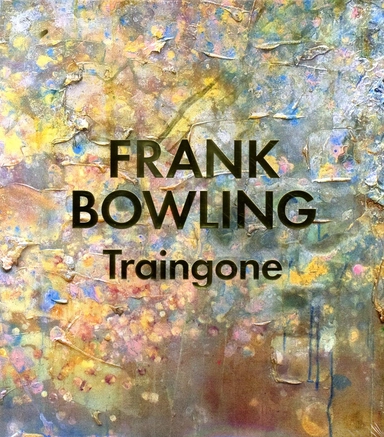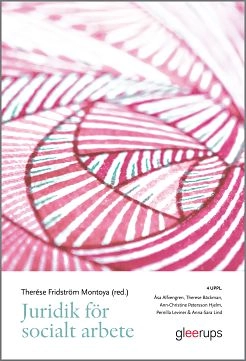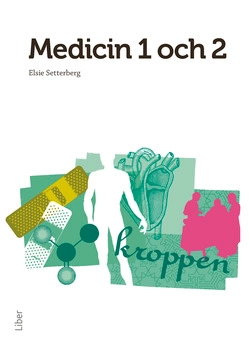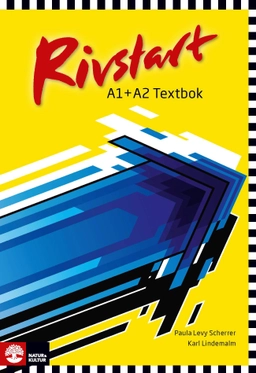

Frank Bowling - TraingoneUpplaga 1
- Upplaga: 1a upplagan
- Utgiven: 2014
- ISBN: 9789198157369
- Sidor: 98 st
- Förlag: Art and Theory
- Format: Häftad
- Språk: Svenska
Om boken
Åtkomstkoder och digitalt tilläggsmaterial garanteras inte med begagnade böcker
Mer om Frank Bowling - Traingone (2014)
I oktober 2014 släpptes boken Frank Bowling - Traingone skriven av Mia Sundberg, Mel Gooding, Zoe Whitley. Det är den 1a upplagan av kursboken. Den är skriven på svenska och består av 98 sidor djupgående information om konstens värld. Förlaget bakom boken är Art and Theory.
Köp boken Frank Bowling - Traingone på Studentapan och spara pengar.
Referera till Frank Bowling - Traingone (Upplaga 1)
Harvard
Oxford
APA
Vancouver



















